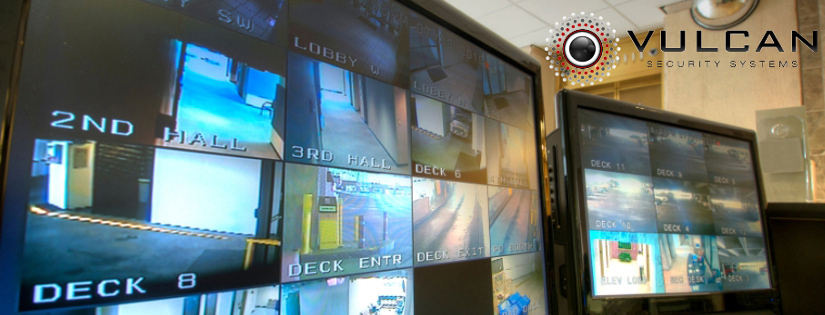At this point, most manufacturers and business owners are familiar with video security technology. Most also know the difference between the old analog CCTV systems that run over coaxial cable and the newer digital security cameras and security systems that are built to operate over the internet protocol (IP) networks.
Where awareness begins to fall off is in understanding how the advances in security “cameras” made possible through digital technology and sensors can be deployed to use the camera for far more than acts of vandalism and theft.
If you don’t know the difference between analog CCTV cameras and IP video security, start here with our explainer post.
Thermal video security cameras are vastly superior to the basic digital video security camera. We’ll start with a quick overview.
How Are Sensor-Equipped Cameras Different?
Today’s digital video security cameras are computers that can “see” visually and “see” other spectrums not visible to the eye using on-board sensors.
More significantly, these cameras can do more than just “see.” The sensors and networked technology allow the cameras to be programmed to take user-defined actions, like shutting down machinery or signaling other equipment to turn on.
Sensor-equipped thermal cameras have been around for several years, but the technology is now becoming affordable for medium and smaller industrial and commercial property applications.
The capabilities of sensor-driven cameras are at the level today they provide far more than enhanced physical security around your business premises. They can actually be programmed to run certain aspects of your business operations.
Specific Applications for Sensor-Equipped Cameras
For the rest of summer 2018, Vulcan Security Systems will be publishing a series of articles on industrial and commercial applications of thermal cameras with an emphasis on higher-end solutions on topics like the following:
- Using thermal cameras as part of your manufacturing operation’s statistical process control monitoring;
- How thermal cameras can detect machinery problems before overheating or other dysfunction lead to equipment failure and significant financial losses that usually result when equipment fails and the production line is interrupted and/or inventory lost;
- Using thermal cameras to monitoring storage facilities for hot spots to allow a faster response to minimize risk of fire or other damage;
- Use of thermal cameras to monitor thermal images in electrical power substations to minimize power outages;
- Applications where thermal and sensor-equipped cameras are used to monitor heat exhaust in industrial manufacturing operations;
- How sensor equipped cameras can and are being deployed for monitoring thermal pollution in rivers and lakes;
- How thermal cameras can be used to monitor health of visitors in situations, like hospitals, retirement communities, daycares, schools, and even the workplace to minimize outbreaks of flu and other contagious illnesses
We will be presenting actual case studies on how many businesses are using sensor-equipped cameras in manufacturing, agricultural, and even environmental monitoring operations. We’ll also explain some of the underlying advances in video security camera technology.
This article from an Australian source describes more than 60 unique applications for thermal video cameras in industries ranging from human health to public safety to industrial operations to veterinary management.
https://reductionrevolution.com.au/blogs/news-reviews/69333381-over-60-unexpected-uses-of-infrared-thermal-imaging-camera-images
